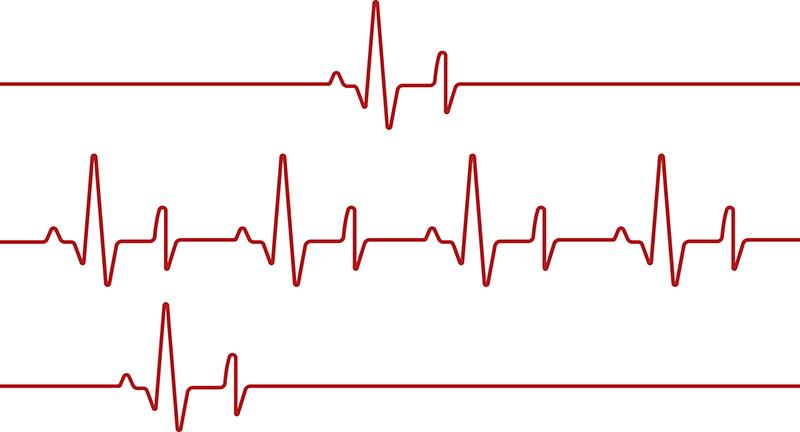Study supports S-ICD for SCD prevention in Brugada syndrome patients





Data from a large multicentre registry highlight the potential of a subcutaneous implantable cardioverter defibrillator (S-ICD) as an alternative to transvenous ICD (TV-ICD) for preventing sudden cardiac death (SCD) in patients with Brugada syndrome (BrS).
“[Our study shows] low rates of appropriate shock (AS), inappropriate shock (IS), and device-related complications in BrS patients receiving an S-ICD without clear pacing indications,” said Professor Federico Migliore from the University of Padua in Italy, at EHRA 2025.
During a median follow-up of 52 months, 12 patients (3 percent) experienced 22 arrhythmic episodes (20 discrete and two storms). Seven of the 12 events occurred in patients who previously had cardiac arrest. The AS rate at 12 months was 1.2 percent. Shock efficacy was 90 percent to 100 percent. For storms, the first shock was always effective in all arrhythmic episodes, noted Migliore.
Thirty-two patients (7 percent) experienced IS, mainly due to noncardiac oversensing (59 percent), followed by T-wave oversensing (38 percent) and supraventricular tachycardia (3 percent). Of these, two had IS recurrence. The IS rate at 12 months is 1.4 percent. Most cases were managed with S-ICD reprogramming (n=24), seven underwent drug therapy adjustment or no actions, and one required surgical revision.
Twenty patients (4 percent) experienced complications (2.5 percent at 12 months), 11 of which were pocket-associated. There were six lead-associated complications, while three needed anti-bradycardia pacing. No device explantations for ATP need were reported.
Insufficient data
TV-ICD is associated with significant complications over time, including lead failure, infections, and surgical revision (including TV lead extraction), noted Migliore. “S-ICD is a guideline-recommended device for SCD prevention and for patients with cardiomyopathies and channelopathies.” However, long-term and large studies evaluating S-ICD use in BrS patients are lacking.
The team retrospectively evaluated data from 450 consecutive BrS patients (mean age 43 years, 86 percent men) with spontaneous or drug-induced type 1 ECG pattern who underwent S-ICD implantation. Sixteen percent of participants had a family history of BrS, 70 percent had spontaneous BrS type 1 ECG, and 37 percent had a history of syncope.
Cardioversion at a shock energy of ≤65J was tested in 87 percent of participants. No periprocedural complications occurred. [Migliore, et al, EHRA 2025]
Migliore acknowledged limitations such as the small number of events, short follow-up, and retrospective study design. They were also unable to evaluate the rate of S-ICD screening failure.
What is new in this?
“[Nonetheless,] this is, far and away, the largest scale dataset in BrS patients undergoing S-ICD implantation,” noted discussant Professor Andrew Krahn from the University of British Columbia, Vancouver, Canada. “This is new, incremental, and valuable large-scale data.”
Considering the modern platform of an S-ICD, its performance is excellent, he added. “The device does very well in this population. Sensing capability, outcomes, etc – with a variable and dynamic ST-segment – seem to have turned out very well … The complication rates are very good.”
Durability-wise, the current findings mirror those observed in previous trials. [N Engl J Med 2020;383:526-536; Am Heart J 2019:207:1-9] In another study evaluating 306 BrS patients who mostly received TV-ICDs, 27 percent required device revision and/or lead replacement after a median follow-up of 8.6 years. [Monaco, et al, EHRA 2025] “This is why you want to avoid TV-ICD in young healthy individuals if at all possible,” Krahn said.
In reality, however, the trade-off is the very low utilization of S-ICD in this patient setting.
Hence, very thoughtful case selection is imperative to identify BrS patients at high risk of SCD, said Krahn. “Hopefully, in the future, we will have an increasingly refined ability to select individuals who would benefit from an S-ICD.”
These new data underline the feasibility and likely preference of an S-ICD over a TV-ICD in a BrS patient, added Krahn.